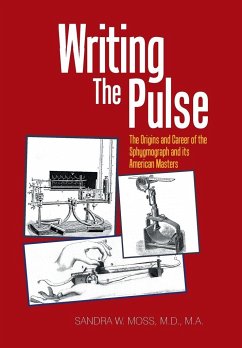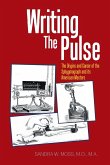The sphygmograph was one of the promising instruments of precision that captured the imagination of mid- and late-nineteenth-century physicians eager to plumb the secrets of the circulatory system. Literally a pulse writer, the sphygmograph allowed physicians to study a permanent record (sphygmogram) of the contours and rhythms of the pulse wave. The early masters of the sphygmograph were hopeful that images of the pulse at the wrist could reveal much about the action of the heart and major blood vessels that would prove useful in research and practice. Although the sphygmograph proved to be a frustrating instrument and its pulse recordings confusing, it prepared early twentieth-century physicians to embrace more reliable technologies such as the sphygmomanometer (blood pressure cuff) and the electrocardiograph. This book traces the European invention, development, and application of the sphygmograph before turning to a detailed study of the novel instruments and clinical investigations of three heretofore unremarked American sphygmograph men and the role of the sphygmograph in American medical practice, most notably in the hands of Dr. Mary Putnam Jacobi. A final chapter examines the pervasive problems of the sphygmograph in the context of recent literature on apparent failures of technology.
Hinweis: Dieser Artikel kann nur an eine deutsche Lieferadresse ausgeliefert werden.
Hinweis: Dieser Artikel kann nur an eine deutsche Lieferadresse ausgeliefert werden.








